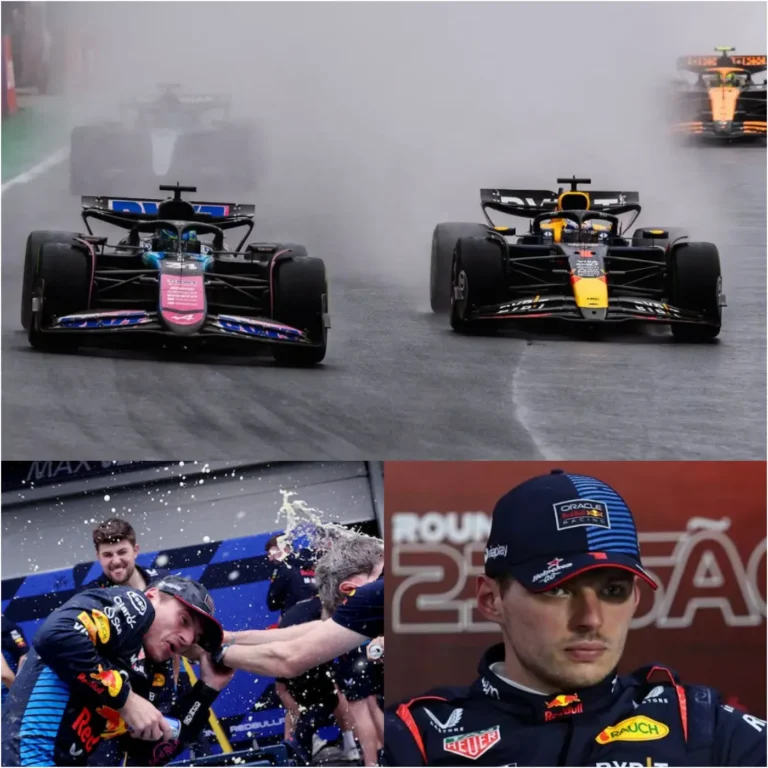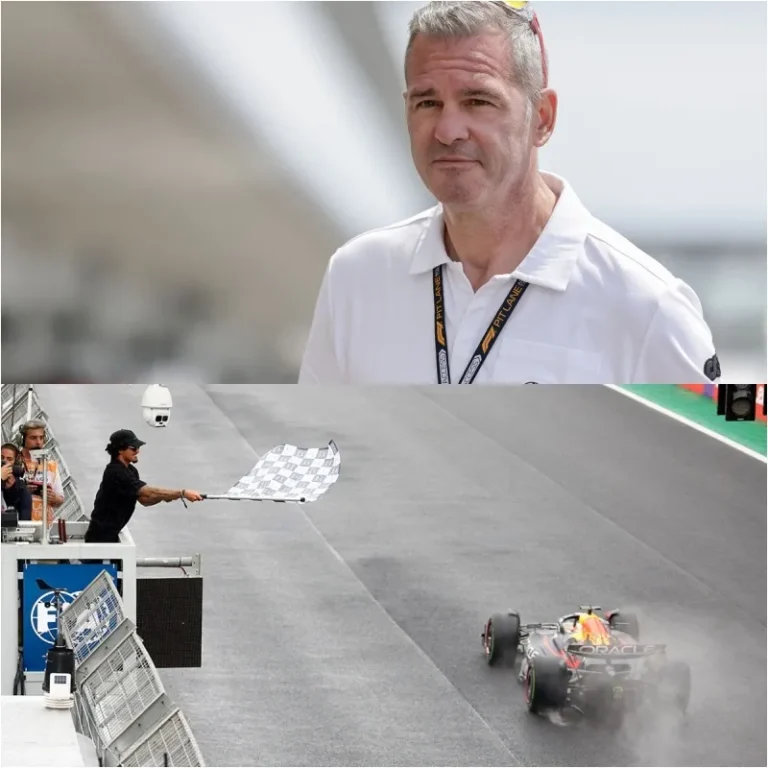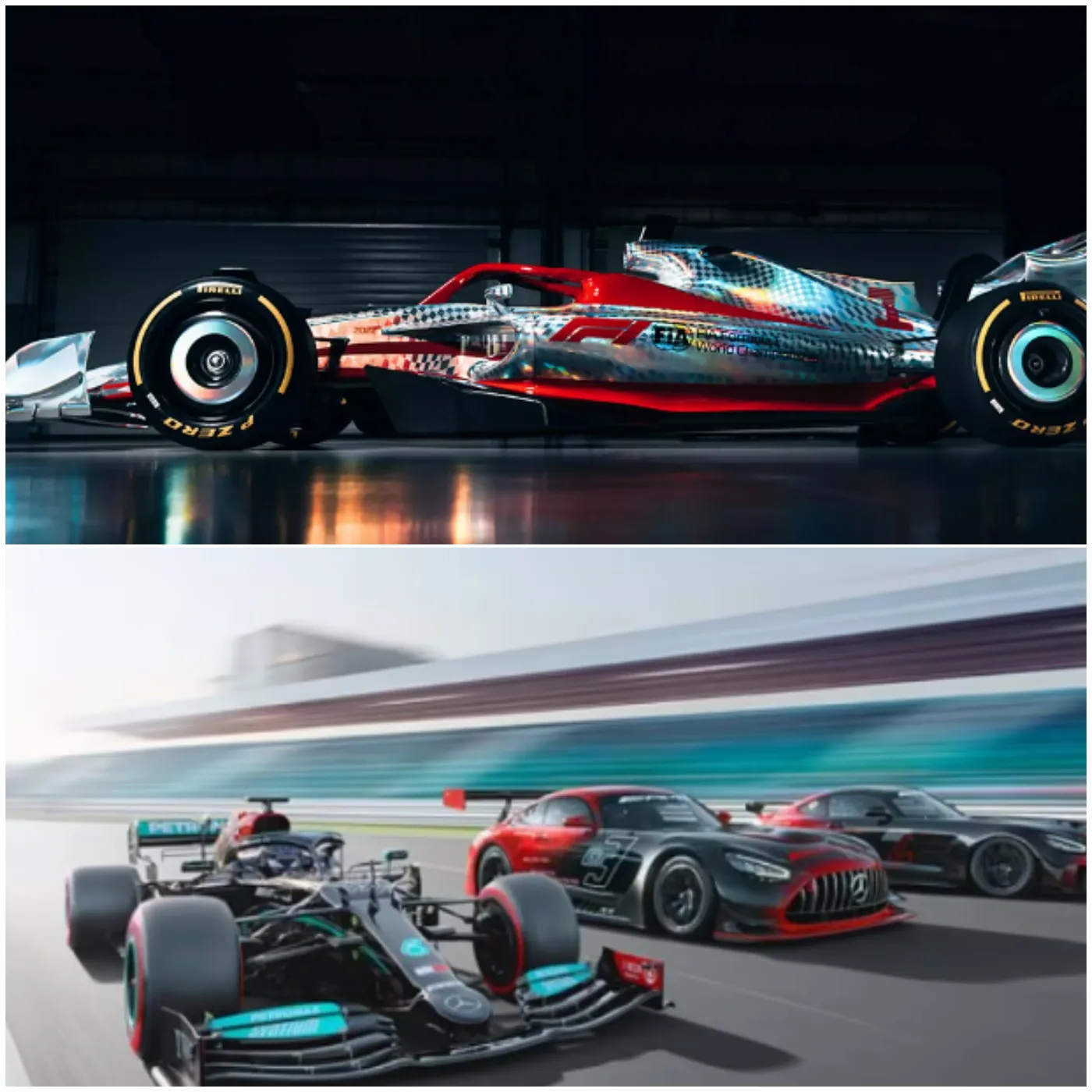
Technology is at the heart of Formula 1, driving the sport’s continuous evolution and enhancing performance on the track. This article delves into the crucial role technology plays in shaping Formula 1, focusing on innovations that have revolutionized racing strategies, car design, and driver safety.

One of the most significant technological advancements in Formula 1 is the development of aerodynamics. Teams invest heavily in wind tunnel testing and computational fluid dynamics (CFD) to optimize car shapes for maximum downforce and minimum drag. The introduction of diffusers and front and rear wings has allowed teams to achieve greater stability and cornering speeds, giving them a competitive edge during races.
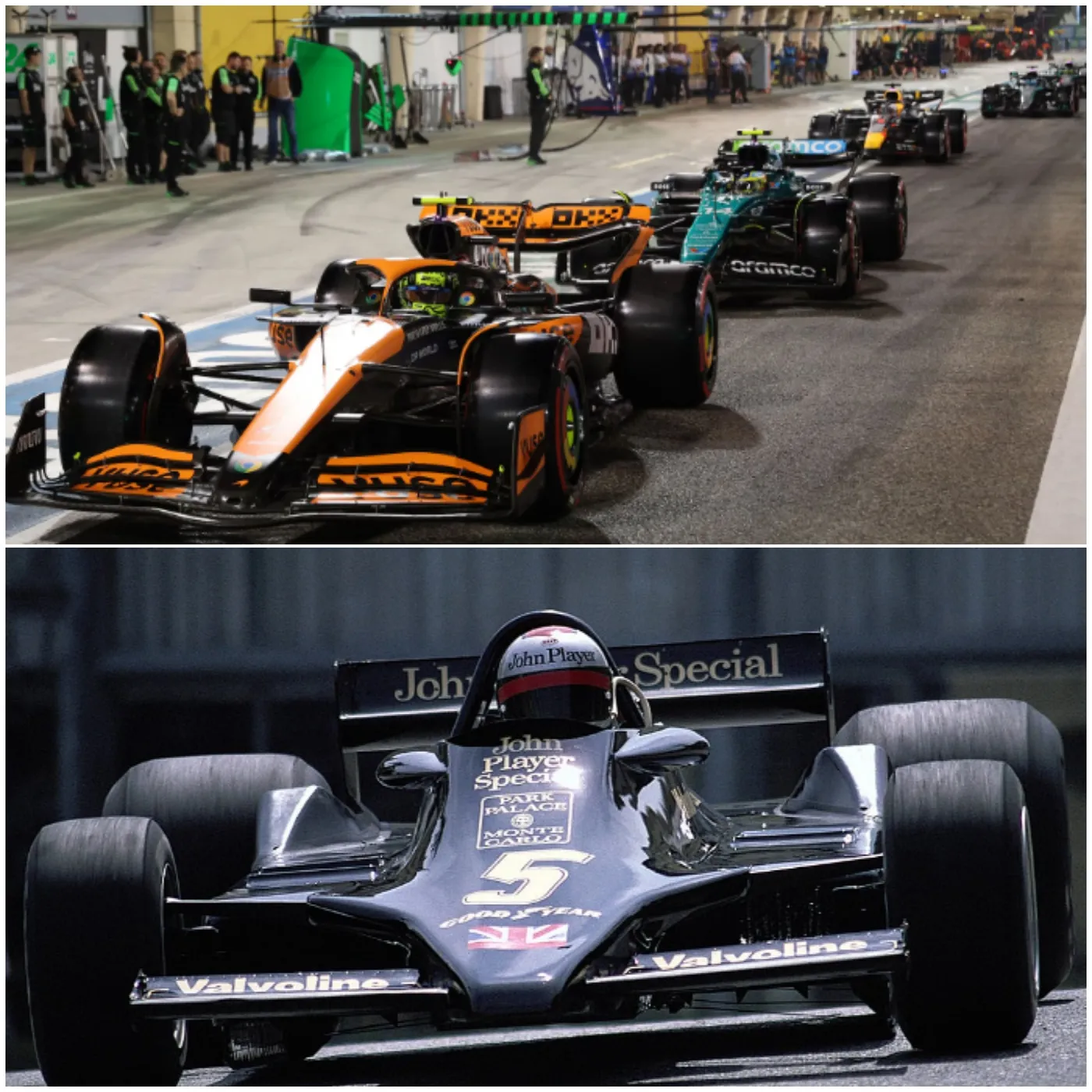
Another area where technology shines is in data analytics. Formula 1 teams utilize advanced telemetry systems to gather real-time data from their cars during races. This information helps engineers and strategists make informed decisions about tire management, fuel consumption, and race strategies. By analyzing data from multiple sensors, teams can fine-tune car settings to optimize performance for specific track conditions.
Tire technology has also evolved dramatically over the years. The introduction of different tire compounds, including soft, medium, and hard tires, allows teams to strategize pit stops and maximize performance throughout the race. Pirelli, the official tire supplier, continuously develops new compounds to enhance grip and durability, impacting race strategies significantly.
Safety innovations are another critical aspect of technology in Formula 1. The sport has implemented numerous safety features over the years, including the halo device, designed to protect drivers’ heads during accidents. Improved crash testing standards and the use of carbon fiber in car construction have dramatically increased driver safety, allowing them to endure high-impact collisions with a reduced risk of injury.
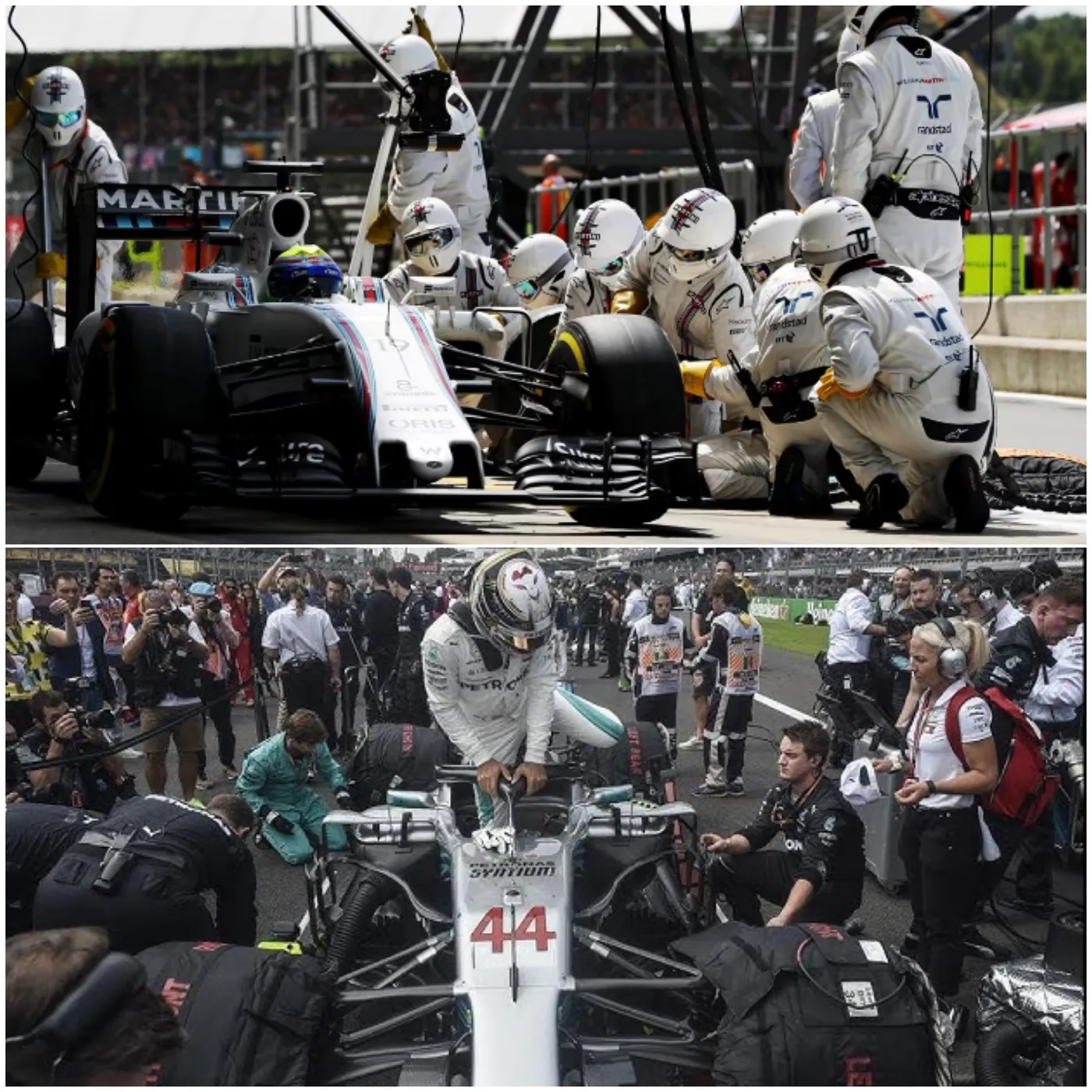
Additionally, the use of simulator technology has become commonplace among teams. Drivers spend hours in state-of-the-art simulators to familiarize themselves with new tracks and refine their driving techniques. These simulators replicate real-world conditions, allowing drivers to analyze their performance and make adjustments before stepping onto the track.
Looking towards the future, Formula 1 is embracing the challenges of sustainability with innovations aimed at reducing the sport’s carbon footprint. The introduction of hybrid power units has already made significant strides in this direction, and ongoing research into biofuels and electric technologies will shape the next generation of F1 cars.
Technology is the backbone of Formula 1, influencing every aspect of the sport from car design to race strategies. The relentless pursuit of innovation continues to elevate the excitement of Formula 1, ensuring that it remains the pinnacle of motorsport. As teams and engineers push the boundaries of what is possible, fans can look forward to thrilling races that combine speed, strategy, and cutting-edge technology.

